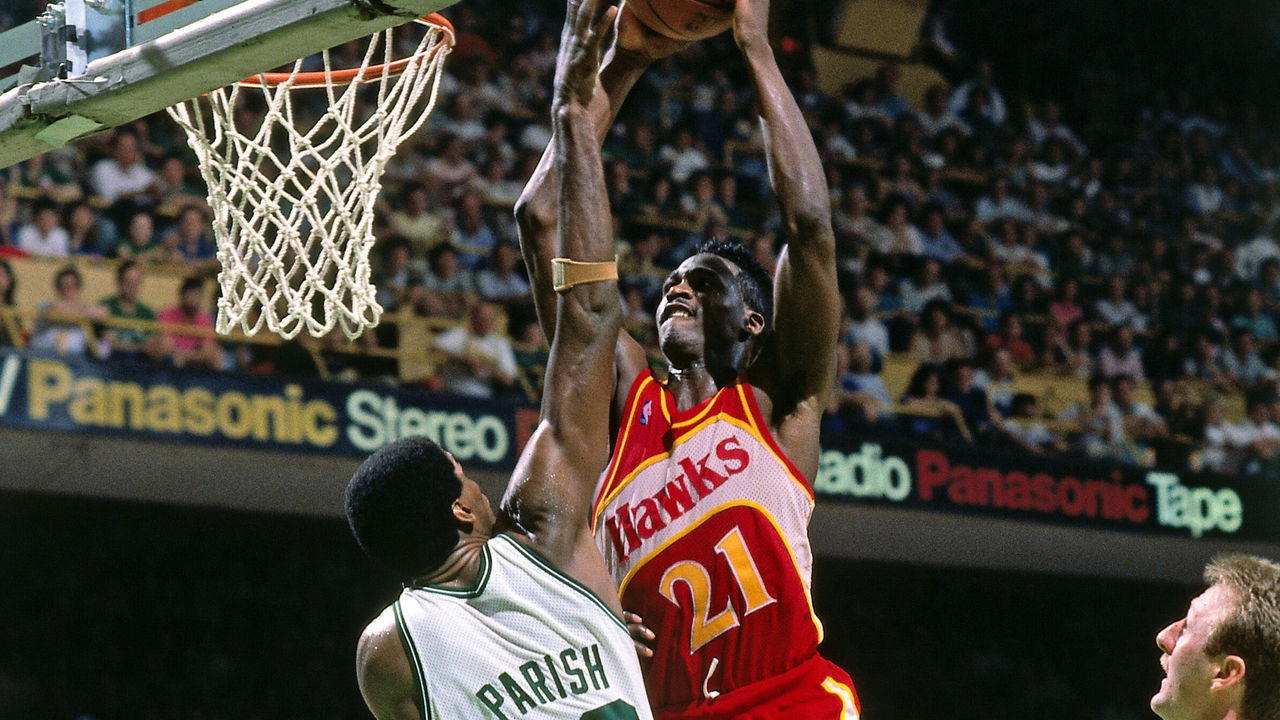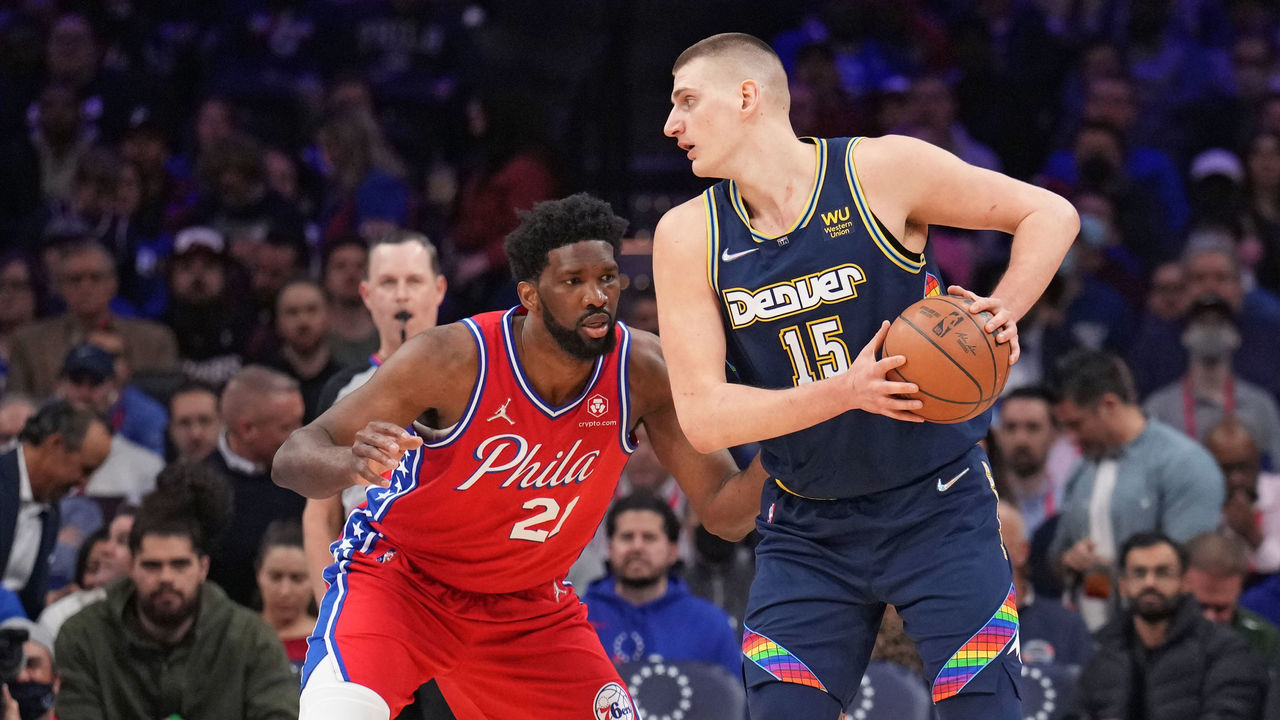The All-NBA selection process needs to evolve with the times
The end of the regular season brings with it the usual debates about which stars deserve to be rewarded with the NBA's most prestigious individual honors.
Among the most notable of those accolades is a spot on one of the three All-NBA teams. In addition to the bragging rights associated with being named an All-NBA selection - an honor that dates back to the league's inaugural season in 1946-47 - there are sizeable financial incentives.
Some players have specific All-NBA bonuses tied to their contracts. Earning an All-NBA selection in the most recent campaign, or in two of the last three seasons, can also impact a player's max-contract ceiling. For players coming off rookie-scale contracts, it improves the ceiling from 25% to 30% of the team cap, and for veterans with seven-to-nine years of experience, it rises from 30% to 35%.
While the results of All-NBA voting carry weight in the modern game, the selection process is anything but modern.
Only two adjustments have been made since selections began 75 years ago. For the first nine seasons, two positionless teams were selected, simply honoring the league's 10 best players. Beginning in the 1955-56 campaign, however, teams were chosen using the two-guard, two-forward, one-center format still used today. Then, in 1988-89, the NBA added a third team so that 15 players could earn All-NBA nods.

An argument can be made that a fourth team is now needed. At the conclusion of the league's inaugural season, 10 players received an All-NBA selection, which amounted to 6.2% of all players. When a third team was selected for the first time in the spring of 1989, 15 of 353 players - 4.2% - became All-NBAers.
As the 2021-22 season enters its final week, 599 players have already suited up, meaning the 15 stars selected will account for just 2.5% of the workforce. To have All-NBA teams reward the same percentage of players as they did in 1947, seven teams would be needed today.
With the numbers stacked against contemporary stars, ensuring the right 15 players are selected today is even more important.
The primary issue lies in the two-guard, two-forward, one-center format - specifically the one center.
It doesn't make much sense that center is the only position guaranteed a spot on each team. Point guards aren't assured of anything if two shooting guards were better than any one lead guard in a given season. The same goes for small forwards and power forwards. The current format may have made sense in bygone eras when clearly defined centers dominated an inside-out game, but that's no longer the case.
The simplest solution would be for the league to use the positional selection format that's been utilized for All-Star voting since 2012-13: two guards and three frontcourt players per team.
When I broached this idea with a number of active NBA centers just before the pandemic hit in the winter of 2020, it was, not surprisingly, unpopular. Responses varied from "that's almost disrespectful," to one Western Conference center walking out of the locker room, berating me as he left.
My counter to these protestations was that eliminating the center position isn't necessarily negative. In fact, the positional format that so many traditionalists - and active centers - believe protects big men from erasure could actually work against them. The 2021-22 season has exemplified just what I had in mind.

Wherever you have them on your MVP ballot, Nikola Jokic and Joel Embiid have been two of the league's top three players this season. But both are obviously centers and, under the current format, shouldn't be able to be named first-team All-NBA together. (We'll discuss below how the league is attempting to avoid this issue while potentially getting both players in.) If the selection process matched the All-Star format, both bigs would join Giannis Antetokounmpo in what would be an easy first-team frontcourt ballot.
With Jokic and Embiid simultaneously thriving, the argument has picked up steam among fans and media alike. The league isn't blind to those discussions.
"The diverse skill of our players is an incredible strength of our league, and that skill has led to many conversations about positionless basketball," Tim Frank, the NBA's senior vice president of league operations communications, told theScore. "Although we currently determine the All-NBA and All-Defensive teams by position, we will keep looking at the process and, like everything we do, analyze if we are in the right place."
A more drastic (yet more sensible) change than adopting the All-Star selection format would be to go fully positionless, allowing the panel of media voters to select the 15 best players each year, full stop. If the league intends to make Jokic and Embiid eligible as forwards despite the fact neither big man has logged a minute anywhere but center this season, it might as well end the charade of All-NBA positions altogether.
That might mean more perimeter-oriented All-NBA teams for the foreseeable future, but should the league's year-end honors not reflect the state of the game in a given year? Not to mention, the lines between positions and on-court roles are more blurred than ever thanks to the increasing versatility of players of all sizes.
"The notion of positionless basketball is probably the way the game should be played at its core, if you think about it." Timberwolves head coach Chris Finch told theScore recently. "Everybody should be able to dribble, pass, and shoot. That's what we expect. That's what we try to teach them when they're young. The game's moved to way more of a fluid state than it's ever been before. Ball skill is probably the most important thing in the game these days. Can you dribble and pass?"
A system that rewards the league's most impactful players regardless of position is the correct method. If one position gets left out from time to time, so be it. That's better than a system that, within the last six years, bestowed DeAndre Jordan and Andre Drummond with an honor that's supposed to be reserved for superstars in the 98th percentile and above.
The league would almost certainly run any potential changes to the selection process by its teams and the players' association, so nothing feels imminent. But the game and the stars that shape it are rapidly evolving. The NBA can keep up by modernizing its annual record of excellence for the first time in more than three decades.
Joseph Casciaro is a senior writer for theScore.